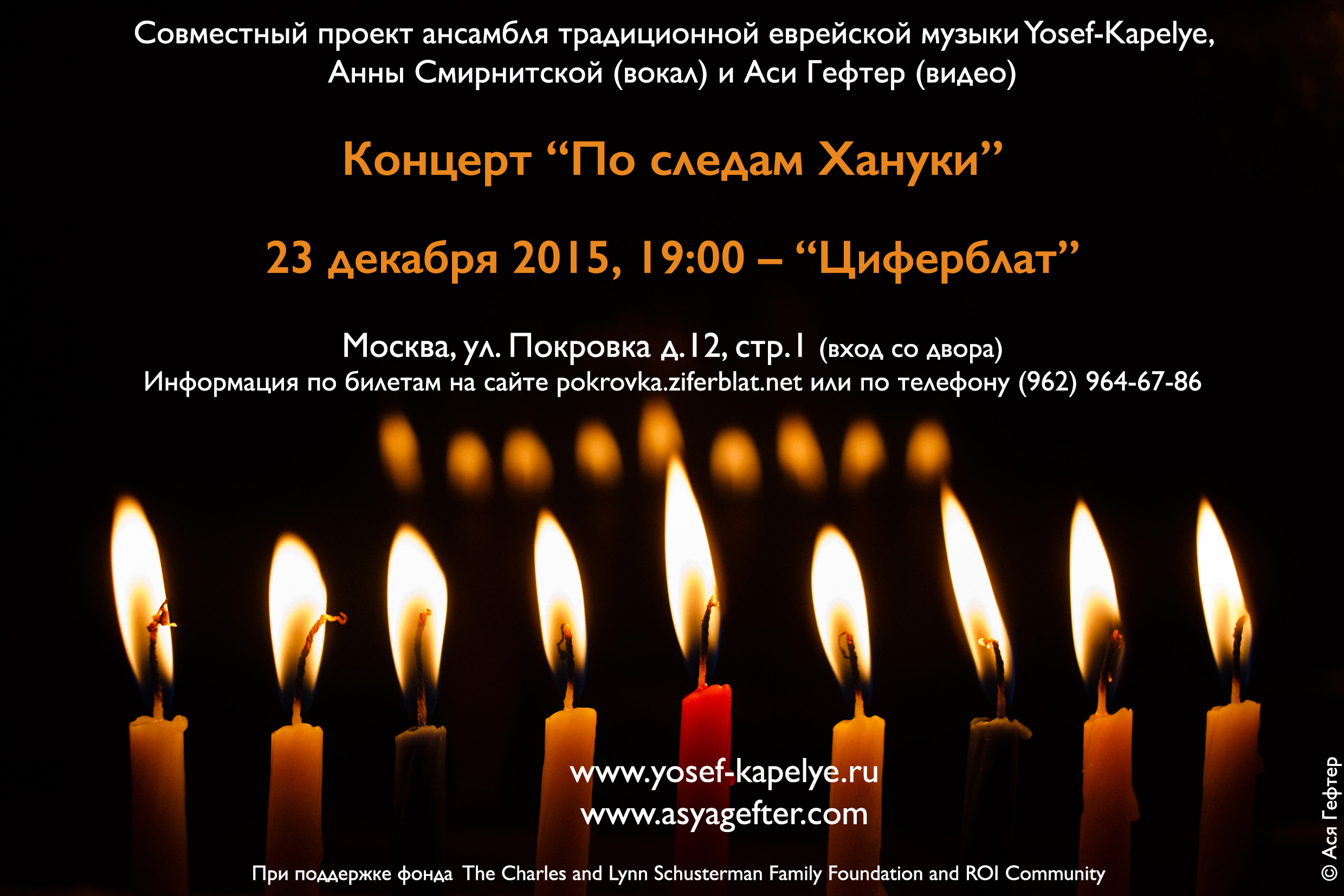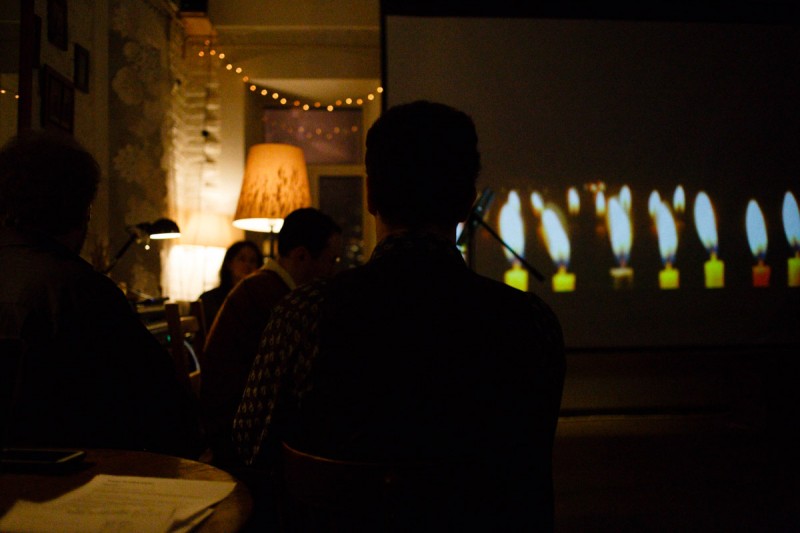Having grown up in Moscow in an assimilated environment I experienced mixed feelings about the traditions of my grandparents. I moved away from my family at the age of 21 in the attempt to make a new home, first in the Netherlands and then in the UK. It took me many years to discover the medium to express my thoughts and feelings.
My cousin Anya has not moved away to make a new home in a different country. She still lives in Moscow researching Music of Yiddishkayt and performing in Klezmer ensembles. I grew up hearing her play and sing in Russian, later in Yiddish. The sound of her voice is one the dearest memories I have from my ‘Russian Jewish’ childhood. Unprocessed personal and historical traumas in our families and in our country of origin prompt us to search for self-identification through creative narrative of people and places, music and art.
This project’s idea to break down the Ashkenazi Jewish music structure, to look for the beginning is something that might help me to engage with family history and identity, reconnect with my roots and find music within me. By interweaving musical and visual language, we hope to create a dialogue between us and the audience, past and present. And last but not least, we are looking forward to the opportunity to share our journeys with our families and friends, in our home town of Moscow.
Thanks a million to everyone involved and especially to The Charles and Lynn Schusterman Family Foundation and ROI Community for their generous support of this project.
And so it comes – our first concert together on December 23, Moscow!
UPDATE December 26: watch this space for the video recordings (two available already, more to come soon)! And here are a few pictures from the concert:
According to this article, some Sephardic Jews with roots in Aleppo, Syria, have a special Hanukkah custom. On each of the eight nights of the holiday, they light an extra flame. This custom has been passed down in families whose ancestors were forced to flee Spain as refugees, when the Alhambra Decree of 1492 set in motion their expulsion for no other reason than their religious identity. Lighting the extra flame has become a hallmark of these Jews; it represents their gratitude for the safety and tolerance they encountered in their adopted homeland: Syria.
Today, Syrian Jewish communities — a blend of these Spanish refugees and others who had been living in that region since ancient times — have been resettled completely because of oppression and migration. Syria, as we know, is now also the source of a horrifying civil war and refugee crisis. Despite the adversity that Jews have faced in Syria, the lighting of an additional flame each night of Hanukkah can still serve to sensitize us to the plight of Syrian refugees, because we, too, were refugees who benefited from the compassion, acceptance and tolerance of strangers in that very land.
And so an extra flame in the video is my response to what happened in the past and is happening now.






